The value of an exhibition: “Photographic Archive. Banco de España. From Albumen to Pixel"
The Banco de España’s Historical Archive preserves the Bank’s institutional memory from 1782 to the present day. Part of the Archive’s photographic collection, which contains some 25,000 images, is now on display at our Madrid headquarters until 20 July 2024.
Our Historical Archive![]() houses documents that, if laid end to end, would stretch 15 kilometres. These documents trace the Banco de España’s history back to its origins in 1782 when it was the Banco de San Carlos. We put significant effort into sharing the rich heritage preserved in the Archive through our catalogues, monographs, guides and exhibitions. Following extensive archival recovery work, part of the Bank’s photographic legacy is now on display to the public. The exhibition's primary appeal lies in its documentary value, not only shedding light on the Bank’s own development but also tracing changes in Spanish society. In this blog post we invite you on a tour of part of the collection and consider its significance.
houses documents that, if laid end to end, would stretch 15 kilometres. These documents trace the Banco de España’s history back to its origins in 1782 when it was the Banco de San Carlos. We put significant effort into sharing the rich heritage preserved in the Archive through our catalogues, monographs, guides and exhibitions. Following extensive archival recovery work, part of the Bank’s photographic legacy is now on display to the public. The exhibition's primary appeal lies in its documentary value, not only shedding light on the Bank’s own development but also tracing changes in Spanish society. In this blog post we invite you on a tour of part of the collection and consider its significance.
The exhibition features 300 photographs from a collection of some 25,000, and is the culmination of 10 years’ work
The exhibition, entitled “Photographic Archive. Banco de España. From Albumen to Pixel”, is now open at our gallery in Plaza de Cibeles, Madrid. It takes visitors on a chronological voyage through the Bank’s institutional and personal histories, from 1869 – when photographs were revealed using albumen (egg white) – to the present day. The exhibition features 300 photographs curated from the Archive’s collection, most of which have never been shown before.
This exhibition is the culmination of a decade-long effort to analyse, identify and describe the photographs held in the Archive, ultimately resulting in a collection of some 25,000 images. This rich photographic heritage can be explored in the exhibition catalogue![]() , available online.
, available online.
The Archive photographs were originally taken for documentation purposes, to support the Bank’s work. For instance, photographs of the uniforms to be worn by porters, caretakers and service staff were sent to the branch offices, together with an inventory of the materials to be used; others were taken of potential branch office locations in towns and cities, to accompany the corresponding reports. In these cases, the photographs acted as a visual aid and provided additional and highly valuable information. The images featured in the exhibition therefore cover a variety of well-defined topics, including:
- the Madrid headquarters and the branch office buildings, together with their urban surroundings.
- employee portraits taken by a large number of prominent photographers.
- the Bank’s public activities, which shed light on its role in the events that would shape the country’s history.
Ultimately, the exhibition traces Spain’s economic and social development, from the 1868 Glorious Revolution![]() to the present day. What do these visual documents tell us?
to the present day. What do these visual documents tell us?
The Banco de España and the city
In addition to its Madrid headquarters (which has been extended on three occasions), the Bank would go on to have 70 branch offices in Spain![]() and six agencies abroad (three in Morocco, plus one each in Paris, London and Berlin), and their construction has yielded a wealth of photographs of buildings and cities (composite 1). Today these photographs give us a delightful insight into the history of Spain’s cities and people. Some photographs were used to create the first postcards
and six agencies abroad (three in Morocco, plus one each in Paris, London and Berlin), and their construction has yielded a wealth of photographs of buildings and cities (composite 1). Today these photographs give us a delightful insight into the history of Spain’s cities and people. Some photographs were used to create the first postcards![]() , which initially appeared in Spain in 1892. They were also used to oversee the Bank's construction work; for instance, as the famed Gold Vault was inaccessible during installation, photographs were used by the then governor to supervise the process.
, which initially appeared in Spain in 1892. They were also used to oversee the Bank's construction work; for instance, as the famed Gold Vault was inaccessible during installation, photographs were used by the then governor to supervise the process.
Composite 1
THE ARCHITECTURE OF THE BANCO DE ESPAÑA: MADRID AND BRANCH OFFICES
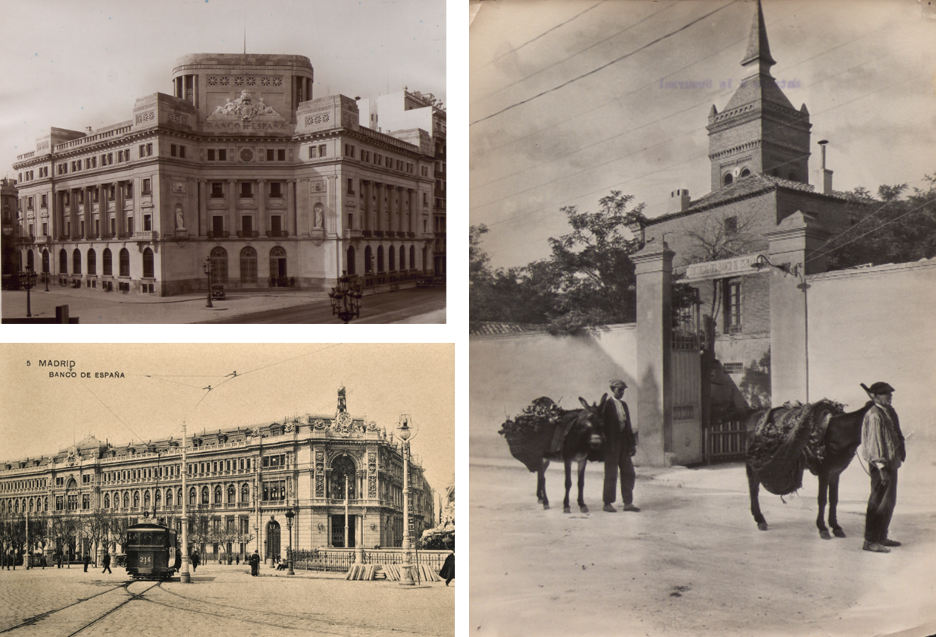
SOURCE: Archivo Histórico del Banco de España.
NOTES: Gelatin silver. From left to right, top to bottom:
-The former Banco de España building in Barcelona’s Vía Layetana. 1932. Photograph: Andreu Puig Farran.
-Entrance gate of the former Banco de España building in Guadalajara. 1929. Photograph: Foto Estudio Reyes.
-Madrid. View of the Banco de España. Print: Hauser y Menet. Circa 1925. Collotype. Postcard.
The faces of the Banco de España
In 1905 close to 300 members of staff had their photograph taken. As far as we know, these are the first portraits we have of Bank staff, and they were taken for certain security-related posts. There are some impressive images, including that of the banknote engraver, Bartolomé Maura. They reveal faces from another time, such as the building’s night watchman, José Sotillo, and the first two women employed by the Banco de España, Carmen Esteban and Engracia Herranz, whose photographs are on display for the first time (composite 2). These two women joined the Bank in 1901 as cleaners (typical work for women in Spain at the time), and their pictures capture the image of any number of working-class women in early 20th century Madrid. With signs of tiredness and premature ageing, their faces and expressions – showing a mix of warmth and surprise at the camera – reflect the struggles faced by these women, something that continues to resonate to this day.
Composite 2
THE FIRST PHOTOGRAPHS OF BANCO DE ESPAÑA STAFF
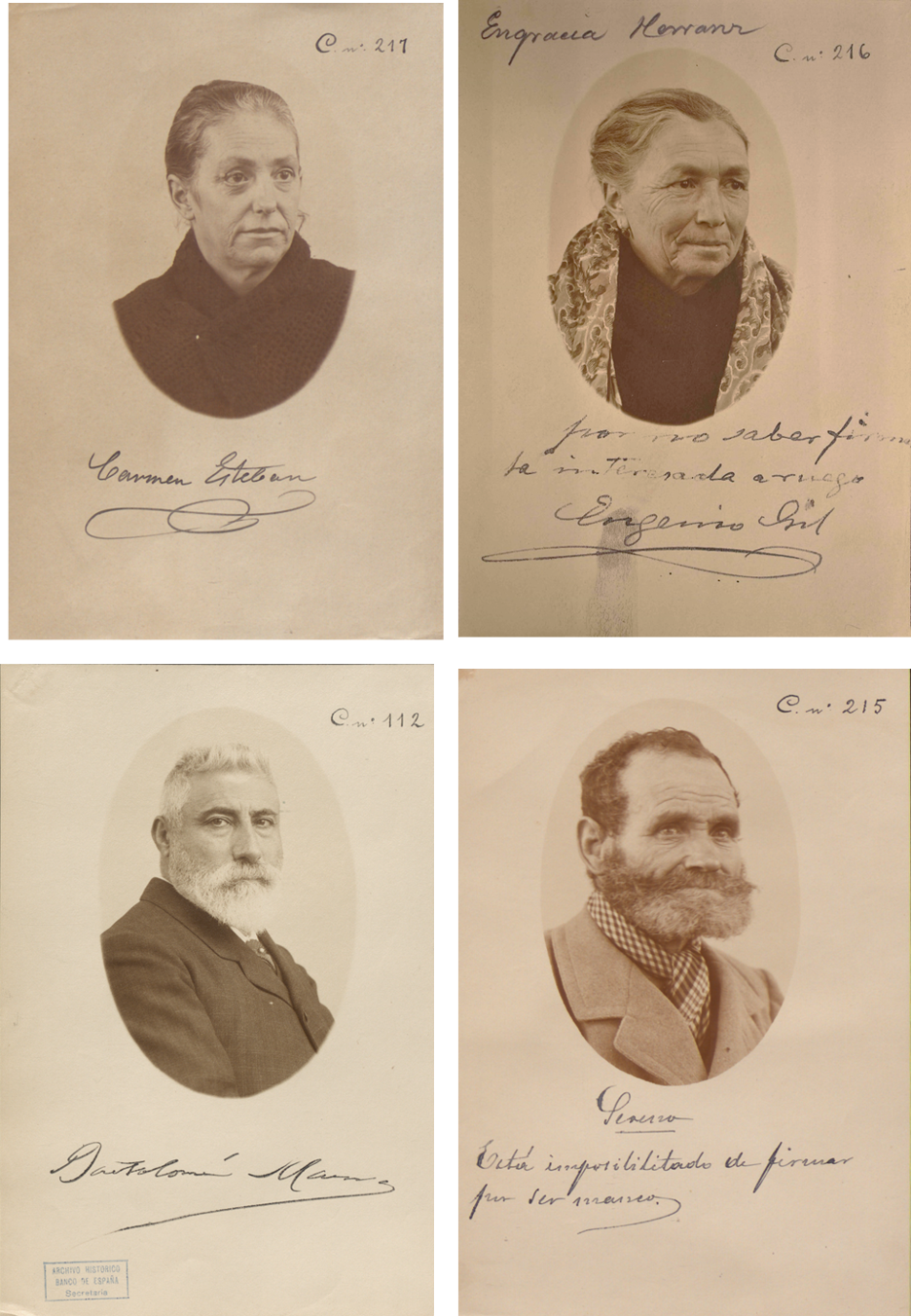
SOURCE: Archivo Histórico del Banco de España.
NOTES: Photograph: José Irigoyen Zabaleta. 1905-1907. Gelatin silver. From left to right, top to bottom:
-Carmen Esteban Santa María, service staff responsible for toilets.
-Engracia Herranz Esteban, service staff responsible for toilets.
-Bartolomé Maura Montaner, engraver at the printing works.
-Juan Sotillo de la Fuente, night watchman.
The 1930s portraits of the men and women alike show the influence of the Golden Age of Hollywood, in their clothing, hairstyles, poses and expressions, as well as in the lighting and finish of the photographs (composite 3). Both the male and female members of staff, particularly the younger ones, wished to be remembered as the cinema stars they admired.
Composite 3
HOLLYWOOD’S INFLUENCE ON STAFF PORTRAITS
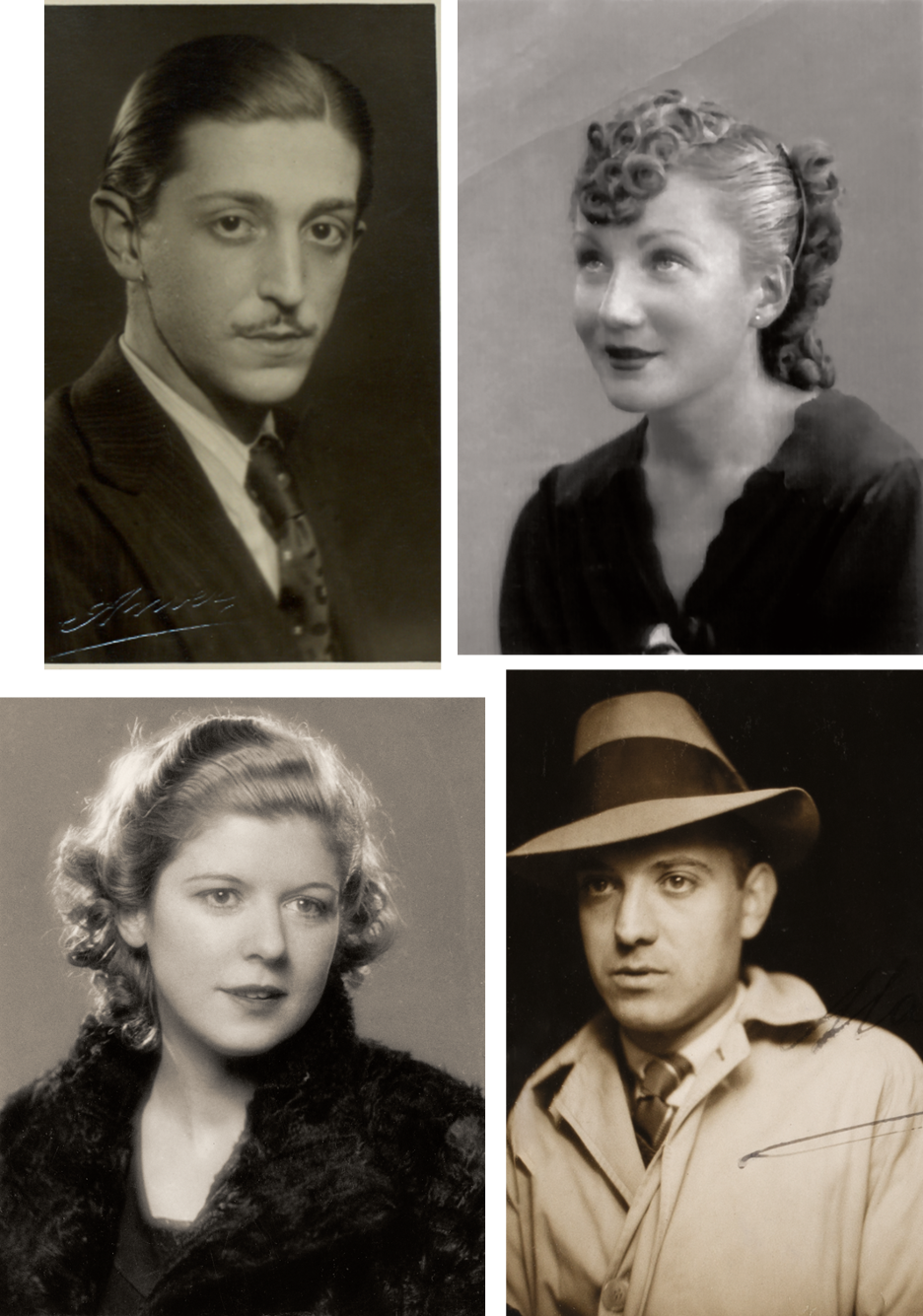
SOURCE: Archivo Histórico del Banco de España.
NOTES: Gelatin silver. From left to right, top to bottom:
-Ricardo Estrada Torra. Guard. Barcelona branch office. Circa 1932. Photograph: Francisco Amer Masfarret.
-Filomena Garmendia Casanova. Assistant. Lugo branch office. Circa 1938.
-Teresa Yuste Valdés. Assistant. Madrid headquarters. 1939. Photograph: Francisco Amer Masfarret.
-Miguel Francisco Burgos. Clerk trainee. Seville branch office. Circa 1932-1934.
The Banco de España and the economic boom
The photographs of the events at the Banco de España offer a glimpse of its role in the political and economic life of Spain. They provide a visual gallery of a certain part of the country’s history, adding a fresh perspective to the documentation held in the Archive (composites 4 and 5).
Composite 4
BANCO DE ESPAÑA EVENTS (1934- 2020)
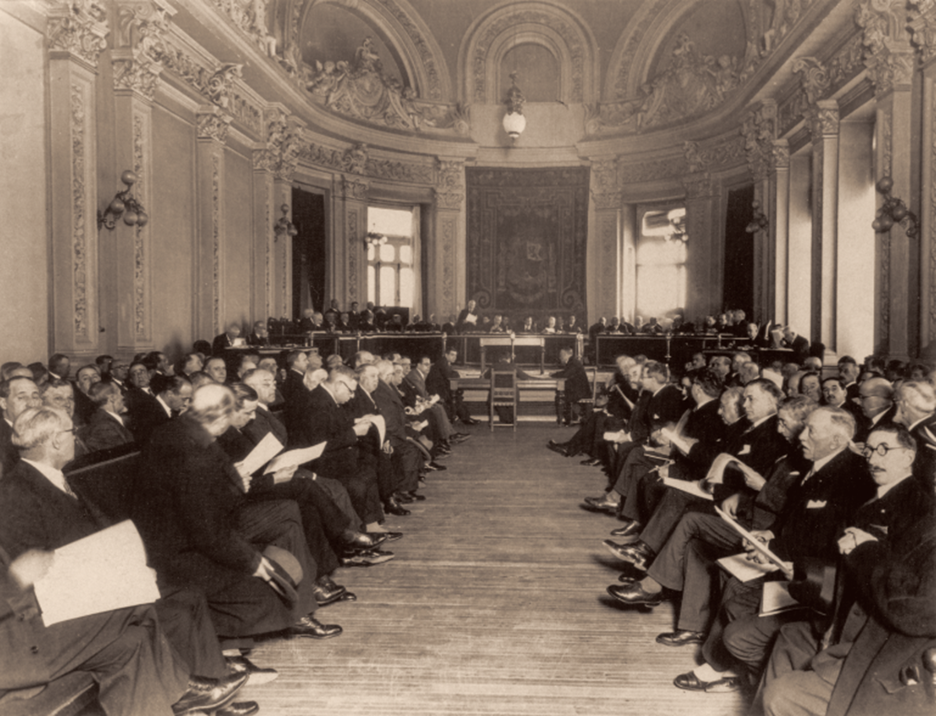
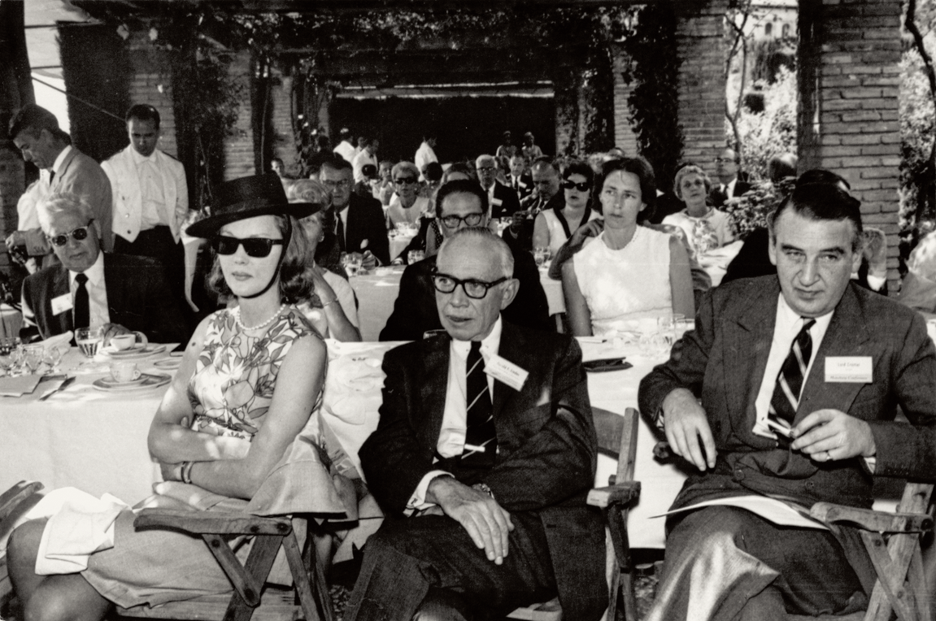
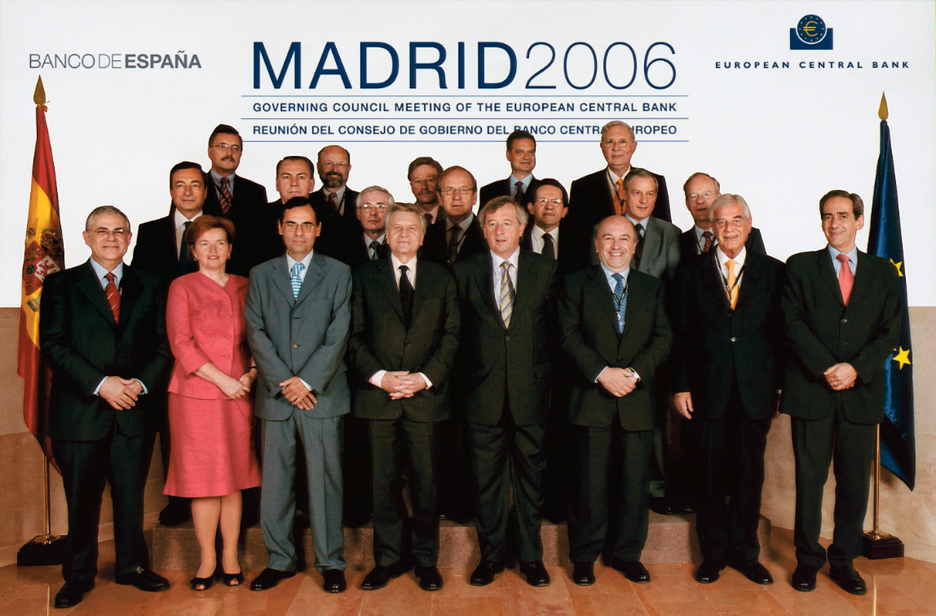
SOURCE: Archivo Histórico del Banco de España.
NOTES: Top to bottom:
-Banco de España General Shareholders’ Meeting. 1934. Photographer: Cristóbal Portillo Robles. Gelatin silver.
-13th International Monetary Conference of the American Bankers Association, held in Spain in May 1966. Closing ceremony in the Generalife Gardens. Photograph: Manuel Torres Molina. Gelatin silver.
-Governors of the euro area central banks during the meeting of the European Central Bank’s Governing Council held in Madrid in 2006. Digital image.
The Bank’s shareholders’ meeting in 1934 reflects the pomp and formality of the era. The 13th International Conference of the American Bankers Association, which was held in Spain in 1966, depicts a country that was in development and opening up to the world. Images of capeas (a type of bullfight), excursions and formal dinners alongside work conferences provide a unique visual vignette of the era. The Archive’s photographic collection also traces other major events, the most recent ones being associated with the transition to democracy, European integration, the adoption of the euro and the European Central Bank meetings, the commitment to financial education and the challenges facing the Banco de España posed by climate change and gender equality.
A visual journey that begins in 1869, providing an insight into the history of photography and the transformation of the Banco de España and Spain itself
The project celebrates the heritage of the Banco de España – in this case its photographs – which we now have the opportunity to share with the public and society as a whole. It takes audiences on a visual journey spanning over 150 years, providing greater insight into the history of photography and the transformation of both the Bank and Spain itself.
Composite 5
OTHER RECENT EVENTS

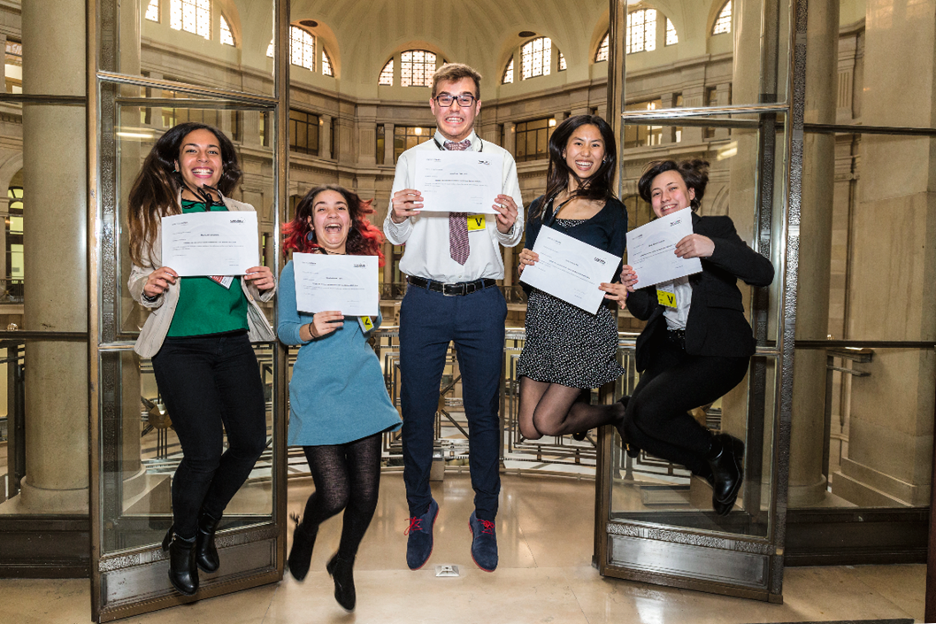
SOURCE: Archivo Histórico del Banco de España.
NOTES: Digital images. Photograph: Daniel Santamaría. Top to bottom:
-International Women’s Day at the Banco de España. 2020.
-National final of the Generation €uro Students' Award 2017-2018. Winning team: Instituto de Enseñanza Secundaria Camilo José Cela, Pozuelo de Alarcón (Madrid). 2018.
DISCLAIMER: The views expressed in this blog post are those of the author(s) and do not necessarily coincide with those of the Banco de España or the Eurosystem.


